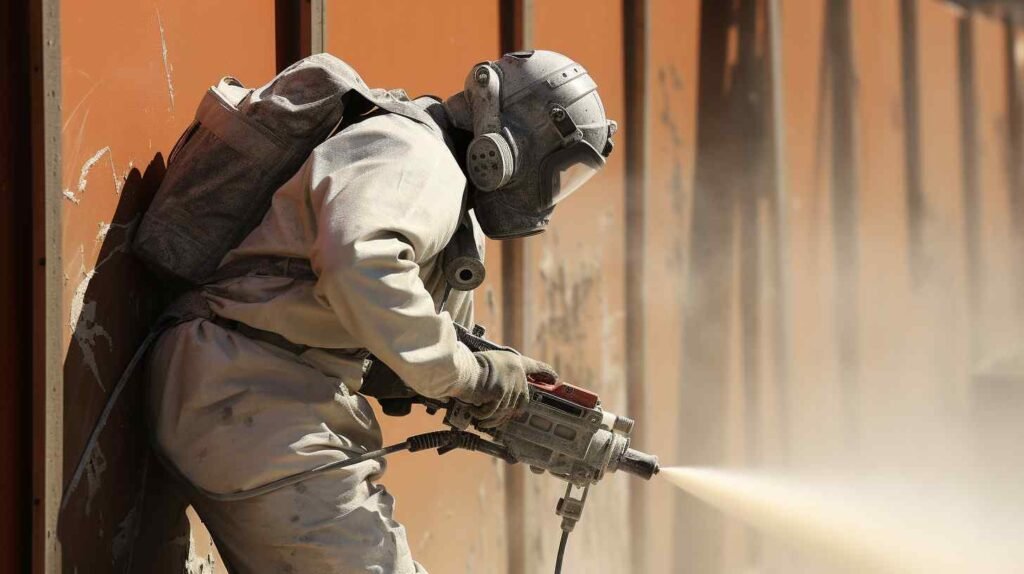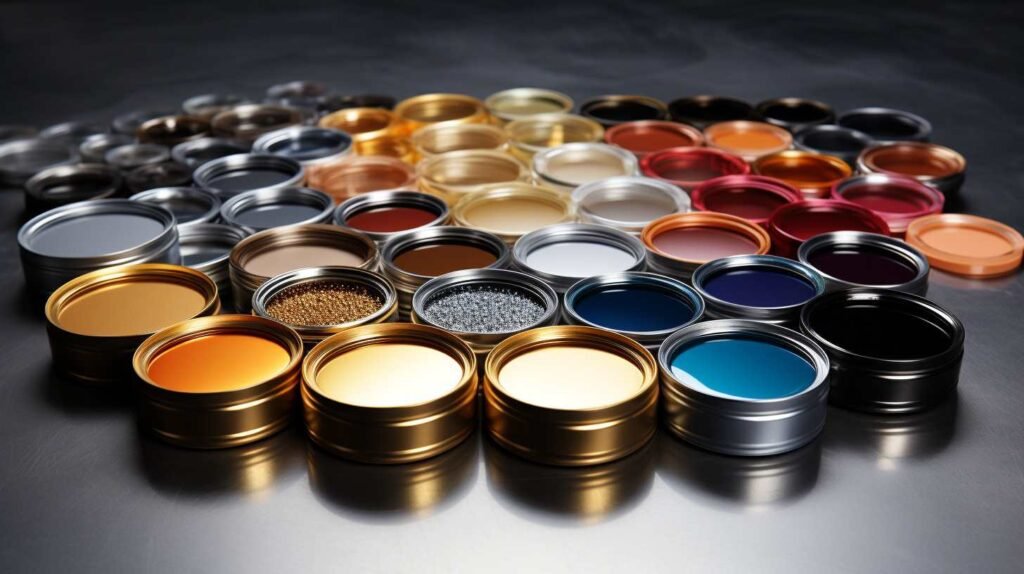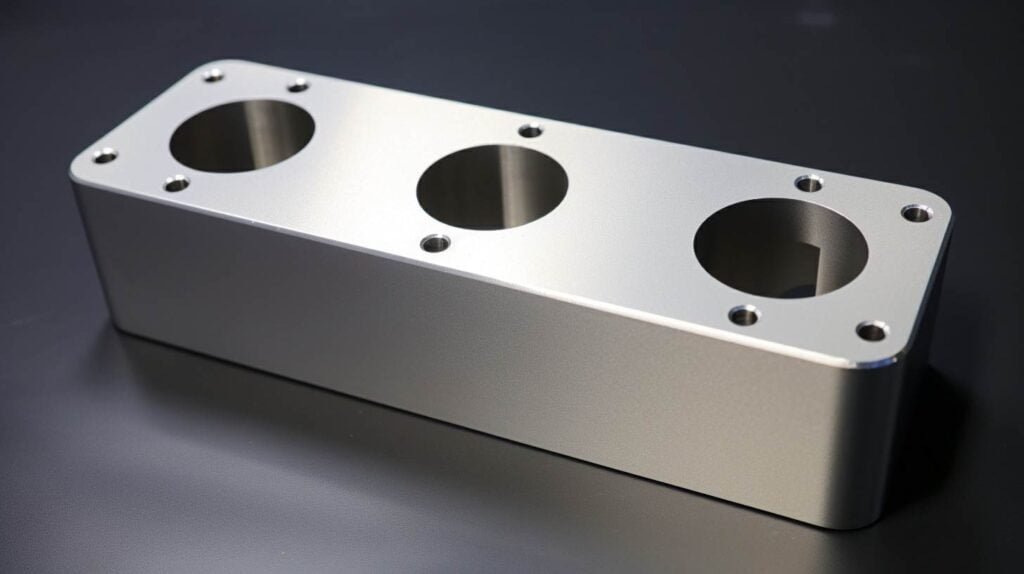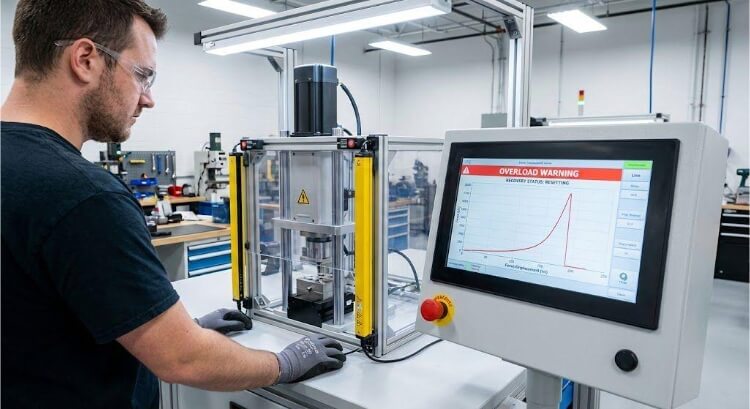Are you struggling with surface finish quality in aluminum parts? Uneven textures and inconsistent appearances can lead to rejected products and unhappy customers. Aluminum sandblasting offers a reliable solution for achieving premium surface finishes while enhancing material durability and aesthetic appeal.
Want to learn the proven techniques that deliver exceptional results? The following sections break down the key factors that influence sandblasting success.

Understanding the Aluminum Sandblasting Process
Aluminum sandblasting is a vital technique for achieving clean and polished surfaces. Understanding its process, benefits, and step-by-step execution will elevate your projects to the next level.
What Is Aluminum Sandblasting?
Aluminum sandblasting is a process in which abrasive materials are propelled at high speeds onto aluminum surfaces using compressed air. This method effectively removes impurities such as rust, old paint, or grease while also creating a desired surface texture. Depending on the abrasive media and pressure, the finish can range from smooth to matte.
Why Sandblast Aluminum?
We sandblast aluminum to clean its surface, removing impurities and offering a uniform, matte surface. This process improves paint, coats, and other finishes’ adhesion, enhancing the longevity and aesthetic appeal of the aluminum part.
Step-by-Step Guide to Sandblasting Aluminum
Step 1:Clean the Surface
Start by removing loose dirt, grease, or contaminants from the aluminum to ensure an efficient blasting process.
Step 2:Select the Right Abrasive Media
For delicate surfaces, use softer abrasives like glass beads or walnut shells. For more aggressive cleaning or texturing, opt for aluminum oxide or crushed glass.
Step 3:Set Appropriate Pressure Levels
Adjust the equipment to a low pressure (40–60 PSI) to avoid damaging the soft aluminum material. Always test on a small area first.
Step 4:Begin Sandblasting
Hold the nozzle 6–12 inches away from the surface and move it consistently to achieve even coverage. Avoid focusing on one spot for too long to prevent warping or pitting.
Step 5:Clean Residual Abrasive
After blasting, thoroughly clean the aluminum surface to remove any leftover abrasive particles that could interfere with subsequent treatments.
Types of Aluminum Sandblasting Media
Each sandblasting medium offers unique properties for specific aluminum surface treatments. The right choice depends on your desired finish and application requirements.
Crushed Glass
Made from recycled glass, this medium creates clear finishes and works effectively for coating removal. It operates at 80-150 PSI pressure ranges and offers non-toxic properties while being compatible with water-based applications.
Aluminum Oxide
This versatile medium excels in etching and paint removal due to its angular structure and durability. Its excellent toughness makes it ideal for preparing surfaces for painting and powder coating, and it is also reusable multiple times.
Staurolite
A natural iron-containing silicate that effectively removes thin coatings and paints while producing minimal dust. Its sub-angular shape provides controlled surface profiling, making it suitable for precision work.
Plastics
Plastic media are available in various compounds like polycarbonate and polystyrene, which excel at cleaning delicate aluminum parts. These lightweight abrasives avoid creating anchor patterns and offer a safer alternative to chemical stripping.
Walnut Shells
These organic abrasives provide gentle cleaning and polishing capabilities. Their softer nature makes them perfect for cleaning motors and antique surfaces and removing mold without damaging the aluminum substrate.
Corn Cobs
Natural abrasives are ideal for delicate aluminum parts. They effectively remove grease, coatings, and dirt while protecting the surface integrity. Though non-toxic, they work at a slower pace than other media.
Silica Sand
Though historically popular due to low cost, silica sand usage has declined due to health concerns. Its potential to cause respiratory problems and equipment rusting has limited its modern applications.
Garnet
This natural silicate compound works in both wet and dry applications. It offers excellent adhesion properties and higher stripping rates compared to other media, and it can be recycled up to four times.
Glass Beads
Spherical in shape, glass beads create bright, smooth surfaces. They excel in polishing aluminum components like turbine blades and propellers and are reusable for cost efficiency.
Soda
Sodium bicarbonate provides gentle surface treatment, ideal for paint removal and cleaning. It creates smooth surfaces without aggressive abrasion, making it perfect for delicate aluminum components.

Factors to Consider in Selecting Abrasives
Choosing the right abrasive for aluminum sandblasting is critical to achieving the desired surface finish without damaging the material. Key factors like shape, size, density, and hardness directly influence the blasting results.
Shape
The shape of an abrasive determines how it interacts with the aluminum surface:
- Angular Abrasives: Provide aggressive cutting action, which is ideal for removing tough coatings or rust.
- Rounded Abrasives: Deliver a smoother finish suitable for polishing or delicate cleaning.
- Sub-Angular Abrasives: Balance cutting and finishing, offering versatility for various applications like staurolite or plastic abrasives.
Size
Abrasive size is measured by mesh size, which affects the surface profile:
- Coarse Abrasives: Lower mesh numbers (e.g., 10–50) create deeper heavy-duty cleaning or coating removal profiles.
- Fine Abrasives: Higher mesh numbers (e.g., 100–325) produce smoother finishes for precision applications or final polishing.
Density
Density impacts the force of impact during blasting:
- High-Density Abrasives: Materials like steel grit or aluminum oxide deliver more kinetic energy, creating deeper surface profiles.
- Low-Density Abrasives: Media like walnut shells or corn cobs are gentler and ideal for softer surfaces or minimal abrasion needs.
Hardness
Hardness is measured on the Mohs scale and determines the abrasive’s cutting ability:
- Harder Abrasives (e.g., silicon carbide, aluminum oxide): Efficiently remove tough coatings but can risk damaging softer aluminum surfaces if not carefully controlled.
- Softer Abrasives (e.g., plastic media, walnut shells): Provide gentle cleaning and are better suited for delicate applications or avoiding surface etching.
Common Techniques for Sandblasting Aluminum
Sandblasting aluminum requires the right technique to achieve the desired results. Below are some of the most common methods used for aluminum sandblasting, each suited to specific applications.
Abrasive Blasting
Abrasive blasting is the traditional method where abrasive media, such as aluminum oxide or glass beads, is propelled at high speed using compressed air. It offers versatility but requires careful pressure control to avoid damaging softer aluminum surfaces.
Vapor Blasting vs. Dry Blasting
- Dry Blasting: This method uses only abrasive media and air pressure. It is highly efficient for tough cleaning tasks but can generate significant dust and embed particles into the surface.
- Vapor Blasting: Also known as wet blasting, this technique combines water with abrasive media. It reduces dust, provides a smoother surface, and minimizes heat-related warping.
Wet Blasting for Aluminum
Wet blasting uses water and abrasive media to clean and prepare aluminum surfaces. The water is a cushion, preventing excessive abrasion and leaving a satin-like finish.
Shot Peening
Shot peening involves bombarding the aluminum surface with small spherical media under controlled conditions. This process enhances fatigue strength, increases resistance to stress corrosion cracking, and improves overall durability.

Aluminum Sandblasting: Pros and Cons
Aluminum sandblasting is a popular method for cleaning, preparing, and finishing aluminum surfaces. While it offers many advantages, it also has certain challenges that must be carefully managed.
Pros of Aluminum Sandblasting
Effective Surface Preparation
Sandblasting removes rust, paint, grease, and other contaminants, leaving a clean surface ready for painting, powder coating, or anodizing.
Improved Adhesion
The roughened texture created by sandblasting enhances the bonding of coatings and finishes, leading to longer-lasting results.
Versatile Applications
It can be used for cleaning, polishing, or creating specific surface textures on aluminum parts for functional and aesthetic purposes.
Cons of Aluminum Sandblasting
High Equipment Costs
Purchasing or renting sandblasting equipment can be expensive, especially for small or one-time projects.
Safety Concerns
Sandblasting generates fine dust particles that pose health risks if proper protective gear and ventilation systems are not used.
Skill Requirement
Effective sandblasting demands experience to avoid uneven patterns or damage to the aluminum surface.
Can you sandblast aluminum?
Yes, you can sandblast aluminum, but the process requires specific attention to pressure control and testing to ensure successful results without damaging the material.
When it comes to pressure control, start with a low setting between 40 and 60 PSI and gradually increase it to find the optimal working point.
Always test on a small section first, as aluminum parts can be thin and susceptible to damage. This quick check helps you verify your pressure settings and technique before proceeding with the project.
Conclusion
Aluminum sandblasting is a valuable technique that delivers excellent results when executed properly. Success depends on careful attention to pressure control, appropriate media selection, and proper testing procedures. Starting with low pressure, using suitable abrasive materials, and testing on small areas first helps prevent damage while achieving the desired finish.
Need help with your aluminum sandblasting project? Our experienced team can provide customized solutions tailored to your specific requirements. Contact us today for a free consultation and quote.
FAQs:
How long does aluminum sandblasting take?
The duration of the sandblasting process depends on several factors, such as the size of the aluminum part, the degree of contamination, and the type of blasting media used.
What is an alternative to sandblasting aluminum?
Several alternatives exist for aluminum surface treatment:
- Soda blasting: A gentler option using sodium bicarbonate, ideal for paint removal
- Laser cleaning: A non-damaging method that requires no cleanup
- Chemical stripping: Suitable for delicate or thin aluminum pieces
- Power washing: A less aggressive option for light cleaning needs
Can aluminum be sandblasted multiple times?
Yes, aluminum can be sandblasted multiple times, but careful attention must be paid to the material’s thickness and condition. Each subsequent blast reduces the material thickness slightly.
Hey, I'm Kevin Lee

For the past 10 years, I’ve been immersed in various forms of sheet metal fabrication, sharing cool insights here from my experiences across diverse workshops.
Get in touch

Kevin Lee
I have over ten years of professional experience in sheet metal fabrication, specializing in laser cutting, bending, welding, and surface treatment techniques. As the Technical Director at Shengen, I am committed to solving complex manufacturing challenges and driving innovation and quality in each project.




